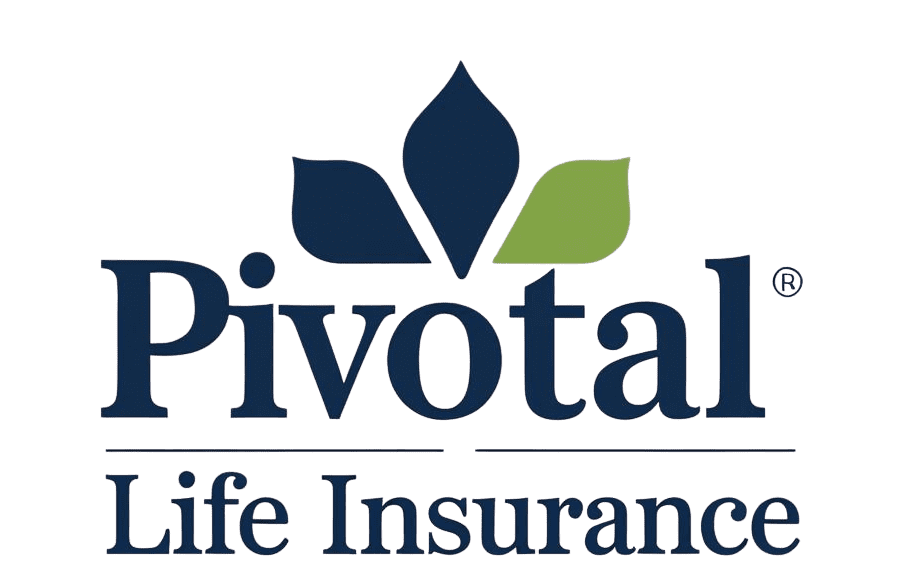Insurance is evolving at lightning speed. Traditional policies are giving way to digital-first, tech-powered solutions designed to make coverage faster, smarter, and more user-friendly.
At the heart of this revolution is Insurtech, a term you’ve likely heard but may not fully understand. This guide breaks it all down, from definitions to leading platforms and real-world examples. By the end, you will know why Insurtech matters and how it is transforming the insurance industry.
What Does InsurTech Mean?
Insurtech combines insurance with technology. It refers to companies and solutions that use innovative digital tools to improve the insurance experience for both providers and consumers. Think automation, artificial intelligence, blockchain, and mobile-first platforms.
Unlike traditional insurance, which often relies on manual processes and paperwork, Insurtech focuses on speed, transparency, personalization, and data-driven decision-making.
Example: Lemonade, a US-based Insurtech, uses AI to process claims in minutes instead of days, making the insurance experience seamless and user-friendly.
How Is InsurTech Different from Traditional Insurance?
Many people confuse Insurtech with insurance itself. The key difference lies in how services are delivered and how technology drives innovation.
| Feature | Traditional Insurance | Insurtech |
|---|---|---|
| Policy Management | Paper-based or legacy software | Cloud-based platforms and mobile apps |
| Claims Process | Manual, slow, error-prone | AI-powered, automated, faster |
| Customer Experience | Limited personalization | Personalized, data-driven solutions |
| Accessibility | Often through agents | Direct-to-consumer online platforms |
| Pricing | Standardized | Dynamic pricing using data analytics |
This shift allows consumers to get coverage faster, file claims instantly, and even access policies tailored to their lifestyle.
What Is an InsurTech Platform?
An Insurtech platform is software or a digital ecosystem that enables these innovative insurance processes. Platforms vary widely, serving different segments of the market:
Customer-Facing Platforms: Apps for buying policies, managing claims, and tracking coverage.
B2B Platforms: Tools for insurers to analyze data, manage risks, and optimize pricing.
Marketplace Platforms: Aggregators connecting customers to multiple insurance providers.
Example: ZhongAn, one of the world’s largest Insurtechs, offers an online marketplace for multiple insurance products, all managed digitally.
What Is the World’s Largest InsurTech?
The Insurtech industry is booming, with companies across the globe pushing boundaries. Some of the largest include:
Lemonade (US): Known for AI-driven renters and homeowners insurance.
Root Insurance (US): Uses telematics to price car insurance based on driving behavior.
ZhongAn (China): Online insurance marketplace with hundreds of products and millions of users.
These companies demonstrate how digital-first approaches can scale globally while offering faster, more transparent services.
Why InsurTech Matters
Insurtech is more than a buzzword. It impacts:
Consumers: Faster claims, personalized pricing, and easier access.
Insurers: Reduced operational costs, improved risk assessment, and better customer insights.
Investors: Opportunities in a rapidly growing sector with digital-first solutions.
Interactive Question: What’s your biggest challenge with traditional insurance processes? Could a digital-first solution like Insurtech help solve it?
Common Challenges in Adopting InsurTech
Even with its advantages, Insurtech faces challenges:
Data Security: Digital platforms must protect sensitive customer information.
Regulatory Compliance: Different countries have varying rules for insurance technology.
Consumer Trust: Users must feel confident in automated processes.
Integration: Legacy insurers may struggle to integrate new technologies seamlessly.
These hurdles are being addressed through strict cybersecurity measures, regulatory partnerships, and transparent user experiences.
Practical Tips for Engaging with InsurTech
Start Small: Try a single Insurtech app for claims or policy management.
Check Reviews: Look for platforms with transparent processes and good user feedback.
Evaluate Features: Prioritize automation, mobile access, and data analytics.
Stay Informed: Follow industry news and trends for emerging solutions.
Pro Tip: Many Insurtech companies offer free trials or demo policies to explore features before committing.
Key Takeaways
Insurtech merges insurance and technology to improve efficiency, personalization, and speed.
It differs from traditional insurance by using AI, automation, and digital platforms.
Insurtech platforms serve consumers, insurers, and marketplaces with innovative tools.
Leading global Insurtechs include Lemonade, Root, and ZhongAn.
While adoption challenges exist, benefits for consumers and insurers are significant.
Insurtech is transforming insurance into a more accessible, efficient, and customer-friendly industry. For anyone looking to stay ahead in insurance, understanding Insurtech is no longer optional—it is essential.

